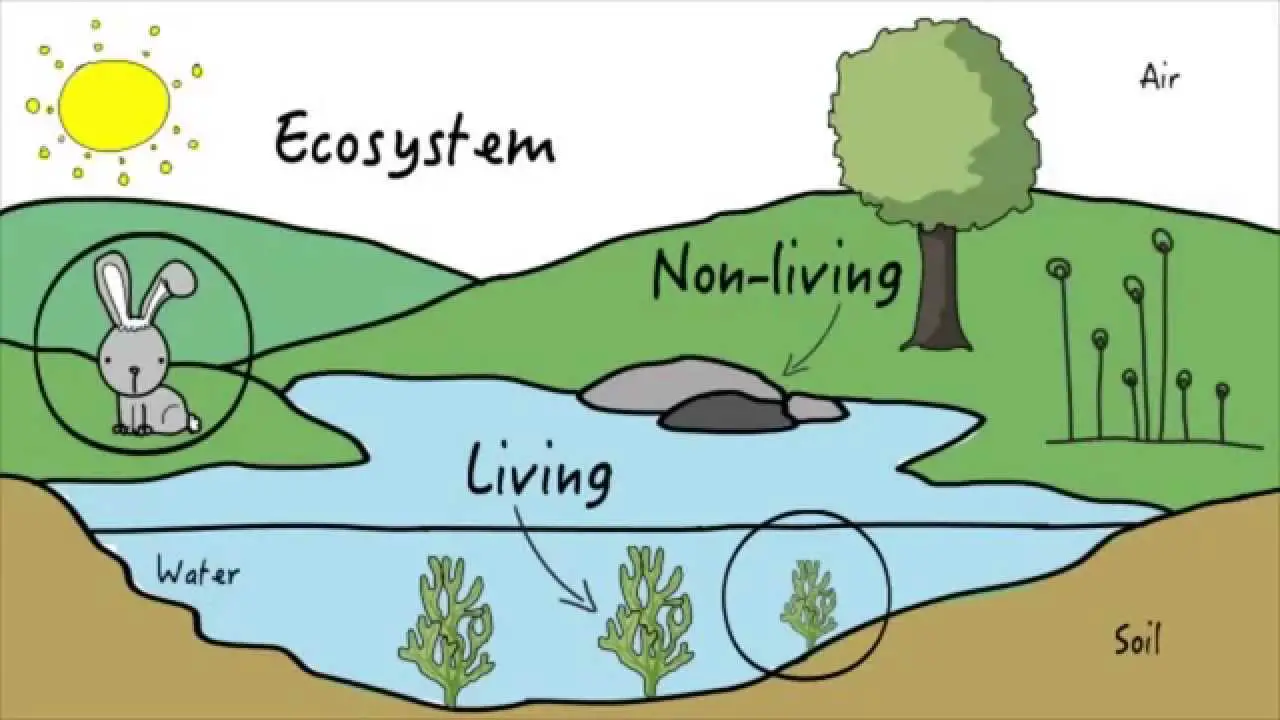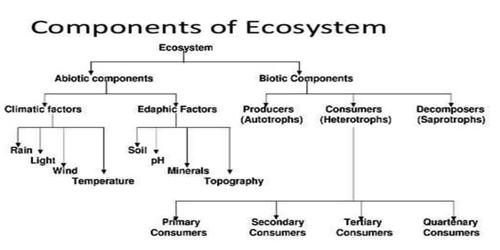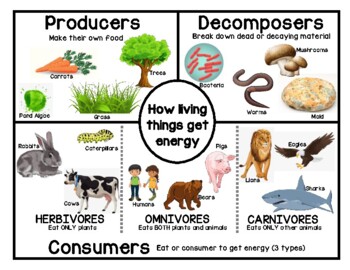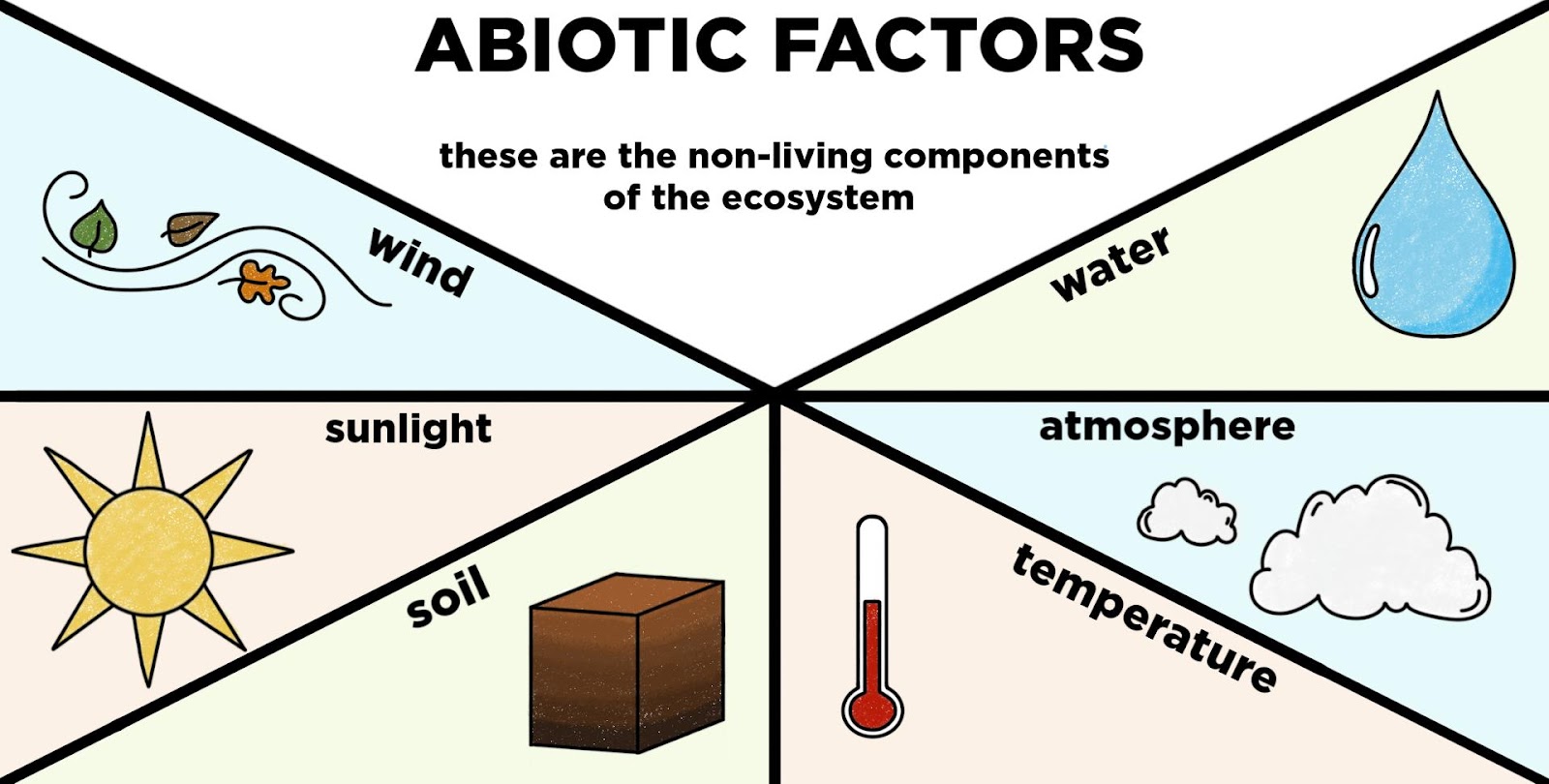Ecosystems
 Figure X-1 Ecosystems
Figure X-1 Ecosystems
Ecosystems are areas on the planet that contain living (biotic) and non-living (abiotic) components. |
An Ecosystem is a community of living organisms (the biotic component) which, together with their non-living environment (the abiotic component), operate as a unit.
Implicit in the term “ecosystem” is the idea that all the components react together to form an integrated, balanced and self sustaining system. Non-living factors include the type, structure and pH of soils; climatic conditions such as rainfall, light, wind and temperature and topography including altitude, slope, aspect and degree of exposure.
Thus a garden ecosystem in a coastal area in the south west of mainland Britain and Ireland will be quite different compared with a garden ecosystem in the uplands of the Pennines.
Understanding the living and non-living components of each ecosystem will help in the successful choice of plants for a particular garden.
Ecosystems can be aquatic, terrestrial, on tops of trees, in a person’s intestinal tract, inside a cave, or just about anywhere life exists.
A good example of a unique ecosystem is the Arctic. We know it is cold up there, at least for now, but maybe not much longer because of global warming. This unique ecosystem has a tremendous amount of aquatic life as well as land life.
A biotic community cannot live in isolation in nature. It lives in an environment which supplies material and energy to it. There is an interaction between a biotic community and its environment.
A biotic community and its abiotic environment together form an ecosystem. Ecosystem, therefore, includes both the living organisms (biotic community) and the nonliving environment (abiotic community).
The ecosystem was first coined by A.G. Tensely (1935). According to Odum (1963), an ecosystem is a natural functional unit of ecology comprising living organisms and their nonlivning environment that interact to form a stable system. An ecosystem is a complete, largely self-contained ecological unit.
Types of Ecosystems and Examples
The ecosystems may be natural or artificial. The common examples of natural ecosystems are a pond, a lake, a meadow, a desert, a forest, a grassland, a field or a hill side. Even a single log and edge of a pond are also instances of ecosystem.
An ecosystem may be temporary such as a rain-fed pond, a culture of protozoans, a crop field, aquarium or a park or permanent such as a lake, desert or ocean. Further, an ecosystem may be very small, e.g., a freshwater pond or very large, e.g., an ocean, forest or a desert. Streams, rivers and estuaries are also examples of an ecosystem.
Components of An Ecosystem
An ecosystem comprises of two parts: biotic and abiotic.
 Figure X2. Components of Ecosystem
Figure X2. Components of Ecosystem |
Biotic Components
The living organisms in an ecosystem form the the biotic component. These include producers, consumers and decomposers.
- Producers
Producers are green plants of the ecosystem. The producers include herbs, shrubs, large size trees and microscopic free-floating phytoplankton.
With the help of chlorophyII, green plants entrap the light energy of the sun and bind it in the form of carbohydrates produced by them from simple inorganic compounds like carbon dioxide and water. This process is called photosynthesis.
 Figure X3. Biotic Components of an Ecosystem
Figure X3. Biotic Components of an Ecosystem |
From the basic simple organic material, i.e., glucose, plants form complex organic compounds like starches, proteins and lipids.
- As the green plants, cyanobacteria and photosynthetic bacteria prepare their own food from simple inorganic substances such as water and CO2, they are called photoautotrophs (Gk. phot = light + autos = self + trophe = nourishment).
- Since the energy trapped in photosynthesis is the radiant energy of sun and is changed into chemical energy, so producers are also called transducers.
By way of their importance, producers pick up CO2 from the atmosphere and release oxygen during the process of photosynthesisOpens in new window. All other organisms depend upon the producers for organic food. Producers also maintain CO2/O2 balance in nature.
- Consumers
Consumers are heterotrophic organisms (animals) which are also called macro-consumers. Since consumers ingest their food, they are also called phagotrophs.
Consumers are of two types: herbivores and carnivores.
- Herbivores or primary or first order consumers — These animals are the primary consumers of the ecosystem. A deer or rabbit is a primary consumer in a forest, and a rat in the gardens.
Protozoans, crustaceans and mollusks are the primary consumers of the pond or lake or sea and feed upon the floating algae. Herbivores were called Key industry animals by Elton (1927) because these change the plant material into animal material.
Rabbit, deer, goat, cattle, grasshoppers, etc., are the herbivores of terrestrial ecosystem and crustaceans, mollusks, protozoans and many fishes are the herbivores of aquatic ecosystem. - Secondary consumers or second order consumers — These are primary carnivores which eat herbivores. Frog, fox, centipedes, fishes, predatory birds, wild cats, etc., are the examples of secondary consumers.
- Tertiary or third order consumers — These are secondary carnivores which eat the secondary consumers, e.g. snake eating a frog.
- Quarternary or fourth order consumers — These are tertiary carnivores which eat the tertiary consumers, e.g., lion and tiger. These are not eaten by other animals.
- Decomposers (Reducers)
Decomposers (also called reducers) of the ecosystem are bacteria, fungi and moulds. These obtain their food by breaking the dead plants and animals into simple compounds which are released in the atmosphere and then are utilized by producers for the synthesis of organic food.
The decomposers are also called micro-consumers or saprotrophs. These are also called mineralisers and the breaking down of complex organic compounds into simpler compounds is called mineralization.
Importance of Decomposers
Sun is the endless source of energy, but the chemical materials of the environment are not inexhaustible.
Decomposers return the chemical nutrients to the environment by decomposing the dead bodies of plants and animals. These nutrients are reused by the producers. The decomposers are present in the soil and at the bottom of ponds, lakes and oceans. Thus decomposers play an important role by recycling the materials in the biosphere. Though most of the ecosystems have microconsumers as their integral part but these are not essential.
| Detritivores & Parasites |
|---|
There are two more categories of living beings amongst the biotic components of an ecosystem. These are detritivores and parasites.
|
Abiotic Components
The nonliving factors comprise the abiotic components of an ecosystem. These factors are of two types: Climatic and Edaphic.
- The climatic factors include temperature, light, wind, humidity, rain and water.
- The edaphic factors include soil, substratum, topography, background, minerals and pH.
Abiotic factors influence the distribution, behavior and structure of organisms and vary from place to place.
 Figure X4. Abiotic Components of an Ecosystem
Figure X4. Abiotic Components of an Ecosystem |
Characteristics of Ecosystem
- Made of subsystems — An ecosystem can be subdivided into different subsystems. Individual fish ⇒ population of fish ⇒ pond community including fish and other living things ⇒ Pond as part of larger ecosystem say forest.
- Energy flow — This character makes the system behave like a single unit. All elements form part of this unidirectional flow from sun ⇒ green plants ⇒ animals.
- Sustainability — The ecosystem is sustainable through nutrient cycling. The resources are limited, so the elements are recycled for the entire system. Carbon cycle is an example.
- Interactivity — Interactions makes the system live; the exchange of matter and energy happens through the interactions. For example, food chain and water cycle.
- Productivity — The entire ecosystem depends on productivity. How efficiently the energy is fixed in the organic compounds determines the extent of population, biodiversity, etc.
- Self-regulated — A system should have feedbacks to ensure the stability. The ecosystem has several feedback mechanisms. For example, if food production declines, mass death occurs.
- Evolving — Changes happen to help the system to adapt to the changes. Example are adaptations, ecological successions.
- Sadava. D, H.C. Heller, G.H. Orians, W. Purves, D.M. Hillis. Life: The Science of Biology, 8th edition. Sinauer Associatews and W.H. Freeman and Company 2008.
- Cunningham, W.M. Cunningham and B. Saigo, Environmental Science: A Global Concern., McGraw Hill, 2007, p.374.
- The Calvin cycle takes place in the stroma, the part of the chloroplast where CO2 is converted to sugars.
- Wilson, E. O. “Vanishing before our eyes.” Time Magazine April-May 2000, pp. 29 – 30.
- R. Costanza, R. d’Arge, R.de Groot, S. Farber, M.Grasso B. Hannon, K. Limburg, S. Naeem, R.V.O’Neil, J. Paruelo, R. Raskin, P. Sutton and M. van den Belt, “The Value of the World’s Ecosystem Services and Natural Capital,” Nature 385 (May 1997): 253 – 262.
See also:

